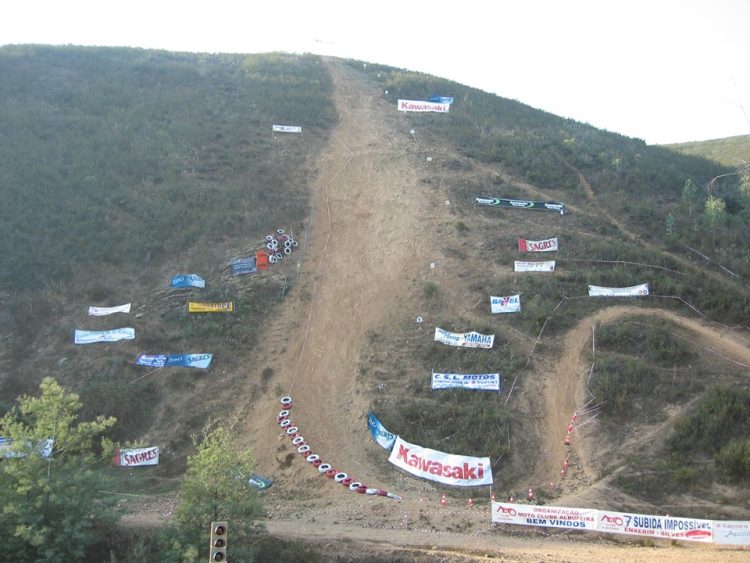American artist Chris Cole uses scrap metal parts to explore the border between nature and industry, by creating unique mechanical creatures.
As a young boy, Chris grew up in the American Northwest, surrounded by an abundance of wildlife that later influenced his art. At the same time, he always had a passion for all things mechanical, and would often take stuff apart, only to put them back together in a radical new way. Nowadays, he creates moving creatures, especially from the avian and aquatic reigns, from various scrap metal parts, connected by heavy bolts and operated by bicycle chains and small motors.
While he is still fascinated by machinery, and was greatly influenced by the visionaries of the industrial revolution, Chris Cole is very concerned with man’s “disconnection with the natural world”, and his work represents a “regression from mechanism back to organism.”





















